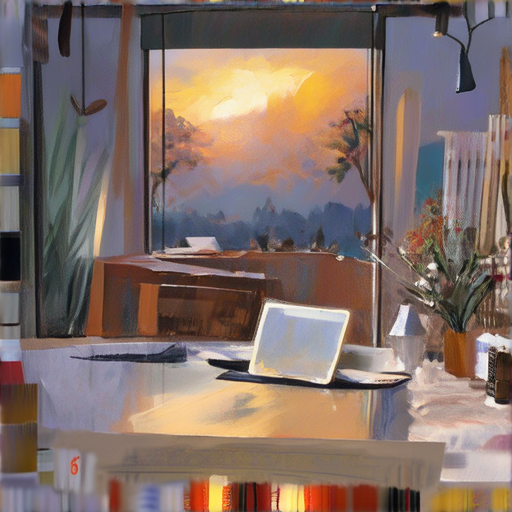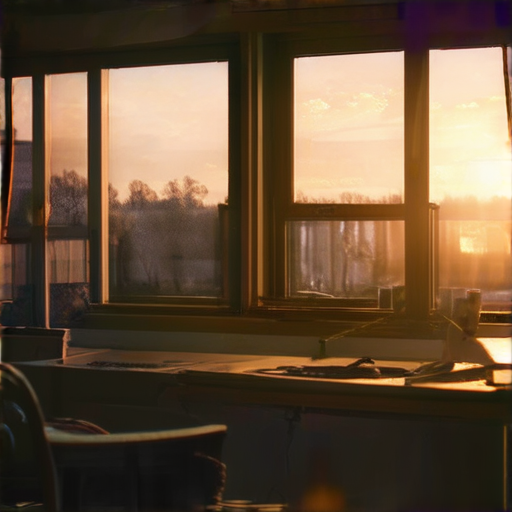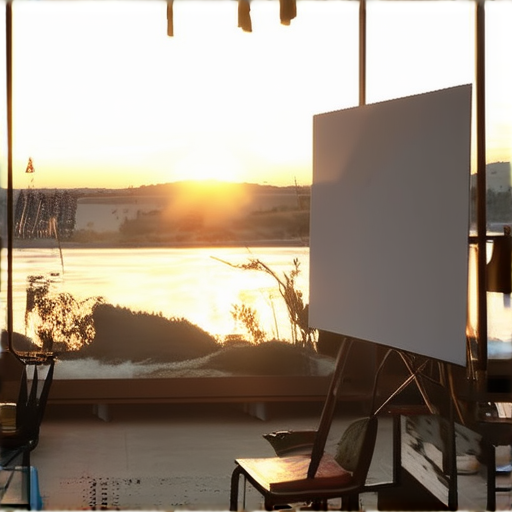Whether you’re a seasoned artist or just starting out, mastering various painting techniques can elevate your work from good to great. From the basics of brush strokes and color theory to advanced methods like realism and abstract expressionism, there’s always room to improve and expand your creative horizons. In this comprehensive guide, we’ll delve into the world of painting techniques, covering everything from the fundamentals to expert-level strategies. We’ll explore the importance of composition, value, and contrast, as well as the different modes of painting, including realism, abstract expressionism, and impressionism. Whether you’re working with acrylics, oils, or watercolors, our expert advice will help you unlock new levels of creativity and technical skill.

Mastering the Art of Painting: Essential Techniques for Artists
As an artist, having a solid understanding of fundamental painting techniques is crucial for producing high-quality work.
-
Painting in Layers
Painting in layers involves applying thin coats of paint, allowing each layer to dry before adding the next. This technique helps prevent muddying colors and ensures a smooth finish.
-
Underpainting
Underpainting involves creating a base coat of paint to establish the overall composition and values of the piece. This step helps guide the rest of the painting process and prevents mistakes.
-
Alla Prima
Alla prima is a technique that involves working quickly, often in a single session, to capture the essence of a subject. This method requires great skill and attention to detail.
-
Glazing
Glazing involves applying multiple thin, transparent layers of paint to achieve deep, rich colors. This technique is particularly effective for creating subtle, nuanced effects.
-
Impasto
Impasto involves applying thick layers of paint to create textured, three-dimensional effects. This technique adds visual interest and depth to a piece.
-
Scumbling
Scumbling involves applying a thin layer of opaque paint over a previously painted surface, then gently rubbing it off to reveal the underlying layers. This technique creates unique, textured patterns.
By mastering these essential painting techniques, artists can take their work to the next level and achieve professional-looking results.
At Artful Journey , we’re committed to helping artists develop their skills and explore their creativity. Check out our tutorials and guides for more tips and tricks on painting and other artistic mediums.
For more information on painting techniques and supplies, visit Dick Blick or Franklin Art Supply .
Remember to always follow safety guidelines and best practices when working with art materials.
The 7 Rules of Painting
As an artist, understanding the fundamental principles of painting is essential to creating visually appealing and effective artworks.
-
Rule 1: Balance
Balance refers to the distribution of visual elements within a composition. A balanced painting can evoke feelings of stability and harmony, while an imbalanced composition may appear chaotic or unsettling.
To achieve balance, consider the placement of shapes, colors, and textures within your artwork. Experiment with different arrangements until you find a composition that feels stable and visually appealing.
-
Rule 2: Contrast
Contrast refers to the way different visual elements interact with one another. High contrast between light and dark values, warm and cool colors, or smooth and textured surfaces can create visual interest and draw the viewer’s attention.
To incorporate contrast into your painting, experiment with different color combinations, brushstrokes, and textures. Consider how contrasting elements can enhance the overall impact of your artwork.
-
Rule 3: Emphasis
Emphasis refers to the focal point of a composition, drawing the viewer’s eye to a particular area of the painting. To create emphasis, use techniques such as size, color, and placement to guide the viewer’s gaze.
Consider what message or emotion you want to convey through your artwork and use emphasis to draw attention to the most important elements.
-
Rule 4: Movement
Movement refers to the sense of energy or dynamism within a composition. To create movement, use techniques such as diagonal lines, curved shapes, and expressive brushstrokes.
Experiment with different movements and gestures to capture the essence of your subject matter and convey a sense of energy and vitality.
-
Rule 5: Pattern
Pattern refers to the repetition of similar elements within a composition. Patterns can create a sense of rhythm and visual interest, drawing the viewer’s eye through the painting.
Consider incorporating patterns into your artwork through techniques such as texture, color, and shape repetition.
-
Rule 6: Rhythm
Rhythm refers to the repetition of similar elements within a composition, often creating a sense of movement or energy. To create rhythm, use techniques such as repeating shapes, colors, or textures.
Experiment with different rhythms and patterns to capture the essence of your subject matter and convey a sense of energy and vitality.
-
Rule 7: Unity
Unity refers to the cohesion and harmony within a composition. To create unity, use techniques such as color, shape, and texture consistency, as well as careful placement and arrangement of elements.
Consider what message or emotion you want to convey through your artwork and use unity to create a cohesive and visually appealing composition.

The Four Modes of Painting
The four modes of painting are fundamental techniques used in various forms of art, particularly during the Renaissance period.
-
Sfumato
Sfumato is an Italian word meaning “smoke.” It refers to a painting technique that creates a soft, hazy effect by layering thin glazes of paint over a base coat. This technique was popularized by Leonardo da Vinci and gives the impression of volume and atmosphere in a painting.
-
Unione
Unione is a painting technique that involves blending colors together to create a seamless transition between them. This technique was often used to depict subtle gradations of light and shadow in a painting. Unione requires great skill and control to execute effectively.
-
Chiaroscuro
Chiaroscuro is an Italian term referring to the use of strong contrasts between light and dark to create a sense of three-dimensional form in a painting. This technique was widely used during the Renaissance period to create dramatic and emotionally charged works of art.
-
Cangiante
Cangiante is a painting technique that involves using a limited palette of colors to create a sense of depth and dimensionality in a work of art. This technique was often used in conjunction with sfumato to create a sense of atmosphere and mood in a painting.
Understanding these four modes of painting can help artists and art enthusiasts appreciate the technical skills and artistic vision required to create beautiful and enduring works of art.

Techniques for Acrylic Painting
As an artist transitioning from oil to acrylic paints, it’s essential to understand the unique characteristics and techniques associated with acrylics.
- Fast Layering: Acrylics dry quickly, allowing for rapid layering and building up of colors. This technique enables artists to work efficiently and effectively, achieving complex textures and compositions.
- Blending While Wet: To achieve smooth transitions between colors, blend wet paint while it’s still fresh. This technique helps prevent harsh edges and creates a more nuanced, layered appearance.
- Using Mediums for Extended Drying Time: Acrylic mediums can slow down the drying process, giving artists more time to work and blend colors. This technique is particularly useful for creating subtle, transparent washes.
- Experimenting with Additives: Retarders and glazes can be added to acrylics to extend drying time, achieve specific effects, or enhance color intensity. These additives offer endless possibilities for creative experimentation.
- Replicating Oil-Like Effects: By combining acrylics with mediums and additives, artists can mimic the look and feel of oil paints. This technique allows for a unique fusion of styles and techniques.
In addition to these techniques, consider exploring other methods to enhance your acrylic painting skills, such as:
- Tape Resist: Apply masking tape to create crisp, geometric patterns and resist areas where paint won’t adhere.
- Sgraffito: Use a palette knife or scraper to scratch through layers of paint, revealing underlying colors and textures.
- Impasto: Build up thick layers of paint to create raised, three-dimensional textures and add visual interest to your artwork.
Remember, practice and experimentation are key to mastering acrylic painting techniques. Don’t be afraid to try new approaches and push the boundaries of what’s possible with this versatile medium.
How to Make Acrylic Paintings Look Professional
To create professional-looking acrylic paintings, consider the following techniques:
- Experiment with Textures : Use sponges, palette knives, and other tools to create unique textures and effects beyond traditional brushstrokes.
- Varnish and Glaze : Apply varnish or glaze to your finished painting to achieve a glossy, photographic quality.
- Pay Attention to Color Theory : Understand color relationships, harmonies, and contrasts to create visually appealing compositions.
- Develop Your Brushwork Skills : Practice different brushstrokes, such as hatching, cross-hatching, and stippling, to add depth and dimension to your work.
- Use Reference Images : Study photographs or real-life observations to capture accurate representations of light, shadow, and detail.
- Edit and Refine : Step back from your work regularly to evaluate and refine your composition, color palette, and overall impact.
- Learn from Others : Study the works of professional artists, attend workshops, and join online communities to stay inspired and informed.
- Invest in Quality Materials : Choose high-quality paints, brushes, and surfaces to ensure optimal performance and durability.
- Practice Consistency : Regularly paint and experiment to develop your skills, style, and confidence.
- Seek Feedback : Share your work with others, ask for constructive criticism, and be open to feedback to identify areas for improvement.
By incorporating these techniques into your artistic practice, you’ll be well on your way to creating professional-looking acrylic paintings that showcase your skill and creativity.

Preparing Your Canvas for Acrylic Painting
To achieve professional-looking results, it’s essential to properly prepare your canvas before starting your acrylic painting project.
- Priming: Priming creates a barrier between the canvas and the paint, making it less absorbent and helping your paint sit better on the surface.
- Gesso: Apply layers of acrylic gesso to create a smooth, non-porous surface ideal for acrylic painting.
- Clear Acrylic Medium: Use a clear acrylic medium to seal and protect your canvas, preventing natural corrosion and ensuring a long-lasting finish.
- Oil Primer: For oil-based paints, apply an oil primer to create a durable, non-stick surface that promotes even paint adhesion.
By following these steps, you’ll be able to create a stable and durable surface for your artwork, ensuring that your acrylic paintings last for years to come.
Tips for Choosing the Right Primer
- Acrylic Gesso: Suitable for most acrylic painting projects, offering excellent coverage and durability.
- Clear Acrylic Medium: Ideal for sealing and protecting your canvas, perfect for artists who want a glossy finish.
- Oil Primer: Recommended for oil-based paints, providing a strong bond between the canvas and paint.
When selecting a primer, consider the type of paint you’re using and the desired finish for your artwork.
Additional Tips for Preparing Your Canvas
- Stretch and Attach: Stretch and attach your canvas to a sturdy frame to prevent warping and ensure a smooth painting surface.
- Dry Thoroughly: Allow your primed canvas to dry completely before starting your painting project.
- Prime Multiple Coats: Apply multiple coats of primer to achieve a uniform, smooth surface.
By following these guidelines, you’ll be well on your way to creating stunning acrylic paintings that showcase your artistic skills and creativity.

0 Comments